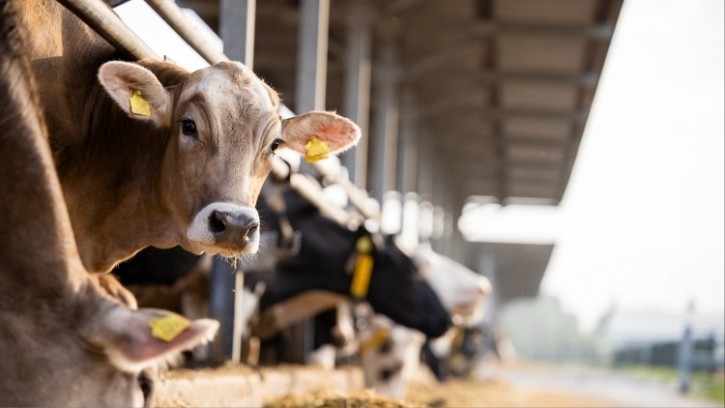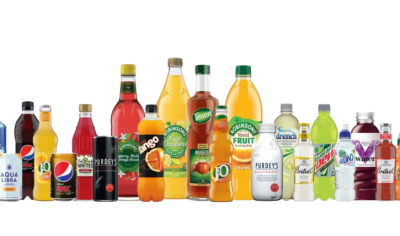News
Highly infectious avian flu destroyed during milk pasteurisation

The study aimed to determine whether dairy products pose a risk to consumers after highly pathogenic avian flu, or H5N1 bird flu, was detected in raw milk.
According to the Centers for Disease Control and Prevention, H5N1 has been found in about 200 animals and three people in the US since March 2024 when the first known case of the virus spreading to cattle was noted.
For the study, virologist at the US Department of Agriculture (USDA) Erica Spackman tested nearly 300 milk products from 132 processors, with researchers finding no infectious virus in the pasteurised samples.
Writing in the Journal of Virology (a journal of the American Society for Microbiology), Spackman said that microbiological surveillance ensures that milk from cows with disease conditions does not enter the food supply, while heating during the pasteurization process destroys common bacterial pathogens.
She continued: “Milk is safe. Just like bacterial pathogens that occur in milk, or other viruses that could occur in milk, the sanitation processes that are in place are getting rid of the pathogens.”
Bird flu primarily infects and spreads among migratory birds and can be transmitted to domestic poultry and other animals including cats, dogs and juvenile goats, as well as a polar bear in Alaska and elephant and fur seals in the Antarctic. However, the discovery of H5N1 on dairy farms in March was a surprise – the virus had never been found in dairy cattle before.
Between 18 and 22 April 2024, researchers used real-time PCR to analyse 297 samples of pasteurized retail milk products, including 23 types of products, collected from 17 states in the US.
“We did a viability assay to detect live virus and went as sensitive as we could to get even the least little bit of virus, but couldn’t detect anything,” Spackman said.
Using PCR, the researchers did identify viral genetic material in 20% of samples.
“It looks like the virus is just totally inactivated,” she added.
“[The new findings] give us reassurance that what we have been doing – pasteurization – is keeping us safe from what we don’t know about.”
In other news, the food and drink manufacturing sector has reacted to the news that Labour will form the new government following a sizeable election win.
















